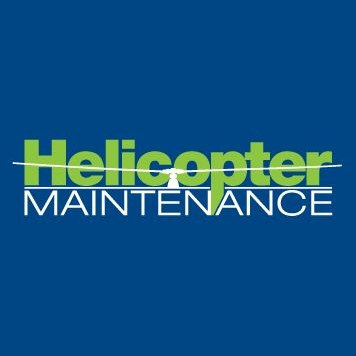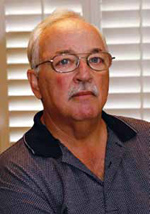
Out of the Red and Into the Black

Upbeat, lively, vibrant — all the terms that could not be said about some trade shows the past few years can easily be applied to Heli-Expo this year. From this editor’s viewpoint, the show was a success in every way. There were more than 600 exhibitors (a show record) and when the numbers are all in, there may well be an attendance record. (That figure had not been released as of this writing.) Even with oil prices more than $105 per barrel (as of this writing), there was no talk of doom and gloom or maybe another recession. The economy is doing better, helicopter sales are holding their own and corporations have money to spend. Honeywell has increased its industry forecast by five percent over the next five years and predicts that commercial helicopter sales in the 2010–2014 timeframe will be between 3,750 and 4,250 aircraft.
Matt Zucarro, Helicopter Association International (HAI) president, was quoted as saying, “We do over 50 different missions with helicopters, so if a particular segment or mission specific contract is not performing well, you can take your assets and your personnel and still generate work. From an industry association standpoint, HAI itself performed extremely well throughout this whole period and went right past the recession. We’ve had better financial performance each year on an on-going basis. Don’t get me wrong, we’re absolutely sensitive to those operators that had to deal with cutbacks. But in general, the helicopter community both domestically and internationally survived the recession quite well.”
As the HeliMx team walked the show floor, we saw that the major helicopter OEMs were showing off their latest and greatest models. Eurocopter unveiled its AS350B3e (the “e” designation signifies the term “evolution.”) Eurocopter also unveiled its newest helicopter, the EC145T2, which has a fenestron, new engines and a new main gearbox. Also at the show was the EC175. As its number implies, it is between the EC155 and EC225 in size, and is being developed primarily to support the off-shore oil industry. It is on track to enter service in late 2012.
Not to be outdone, Agusta Westland unveiled its new AW169 twin that made its initial debut last year at the Farnborough airshow. The AW169 is most striking in its avionics suite which includes a full digital NVG-compatible flight deck with three eight-by-ten-inch displays, as well as a four-axis AFCS with dual FMS and satellite-based navigation to reduce crew workload. The AW169’s first flight is expected in 2012 and entry into service is anticipated in 2014.
Sikorsky’s long-awaited S-76D model was on display and is starting certification flight test. The D model has PW210S engines and improved rotor characteristics. A big change to the D model is the Thales TopDeck avionics suite. The TopDeck avionics suite offers new functionalities such as localizer performance with vertical guidance (LPV), XM weather (on-screen satellite weather services), flight following system (FFS) and automatic dependent surveillance–broadcast, transmission from aircraft to ground stations out (ADS-B). This new standard involves enhancements to the iFMS 200 flight management system, the TopStar 200 GPS receiver and the automatic flight control system (AFCS) to ensure compatibility with new GPS satellite-based augmentation system (SBAS) precision approaches.
Rounding out the key play players is Bell Helicopter. Its big draw at the show was the new B429 model. According to Bell, this model does it all, from corporate to EMS, to off-shore oil support, law enforcement and search and rescue. The 429 is the first helicopter certified through the maintenance steering group-3 (MSG-3) process for enhanced maintenance efficiency and safety. It is the first rotorcraft to have an approved EASA maintenance program. This is the same systems-level maintenance and safety standards used in the latest product development by major large commercial aircraft OEMs. The 429 has a state-of-the-art glass cockpit, with a fully coupled four-axis autopilot to execute localizer precision with vertical guidance (LPV) approaches, up to and including nine-degree glide path angles.
It was not just the major OEMs that appeared to be doing well. As the HeliMx editorial team walked around the showroom floor, the accessory and parts suppliers we spoke with were also upbeat. They told us they were doing well and that the show was a success for them.
This does not mean that the rotorcraft industry is out of the woods just yet, but it did give a feeling that maybe we have bottomed out and are starting the climb back up as an industry. To borrow an expression from the world of finance, we are out of the red and into the black.
 R. Fred Polak | Editor
R. Fred Polak | Editor
